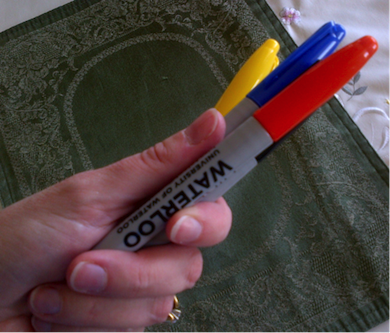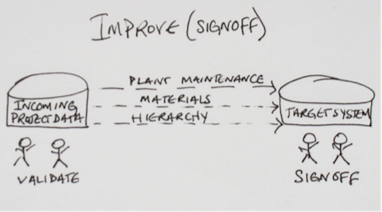When we selected one of our white boards as a core concept graphic for the launch of the Valency website, we were confident it would spark interest amongst our peers, former and potential customers in the equipment data collection field. The concept was to focus on the importance of front end planning and collaboration on the topic of aligning and engaging stakeholders in a successful program. The thought is that no two major capital projects are exactly alike.
What we didn’t anticipate is interesting discussions that the Valency white board would spark!
Challenging the Status Quo on Collection Programs
John Fish, one of my mentors from Ford, Bacon & Davis, was by far the most fired up by our wipe board of all my professional colleagues. John is passionate about using technology to drive efficient vendor information collection, and adamant about beginning with the end in mind. After reviewing our site, he shared two areas of specific concern with us:
- Operations and Maintenance is not usually the highest priority for an organization providing the procurement services for a Project. Even then, the industry considers PDFs as being electronic data. John urged us to challenge this notion, and consider how much of an impact a pervasive understanding of data-centric standards would have on the industry.
- Toyota’s PULL versus PUSH concept would be so much more effective in equipment data management. John explained his perspective that “today suppliers PUSH documents and data on the contractors.” He challenged this accepted norm, and posed the question, “how much value does the middleman really add in performing supplier documentation delivery to the Owner?” What would the impact be on Projects if the Owner established and shared standards that allowed their supply chain to provide data in a manner such that any project stakeholder that needs information can easily PULL it, when needed, and in the format they need?
The debate is alive and well. This reiterated for me that there are no easy answers to these questions. They’re not problems easily solved! The conclusion on this discussion was that the next time I’m in Houston or John is to Waterloo, he will be leading a live (and definitely collaborative) white board session!
The Essence of Collaboration
At the Region of Waterloo’s Rapid Transit Vendor tradeshow last week, I had the pleasure of spending some time with John Anderson and Marg Johnston, two of the biggest advocates I’ve met for the University of Waterloo’s (UW) Co-op Education program. The UW was my next-door neighbor in the exhibit hall. Early in the day the three of us talked about the services Valency offers and the relevance of the planning, collection and improvement diagrams on the white board that is prominent in our booth.
I’m not sure what the UW marketing department uses for swag at all their trade shows, but for the Rapid Transit Vendor show (where engineers were everywhere), their colorful Sharpie markers branded with “Hire Waterloo” were a hit! It was a brilliant swag selection — have you ever been in a project planning meeting where the white board and flip charts weren’t full of diagrams? In retrospect, it makes sense that the branded sharpies made me anxious . The marriage and proximity of idea (sharpie) and white board (Valency fabric booth) incented John to inch closer and closer to our brand new booth fabric wall – markers in hand. I flinched ever so slightly. Finally he asked with a grin, “could I just add a few boxes on this diagram?” Collaboration at its finest I must admit!
The Increasing Number of Women in Engineering
That same afternoon at the Rapid Transit tradeshow, Mark Anderson from Coreworx was at our booth catching up, and posed the question to me, “why do your diagrams have only ‘stick men’ and no ‘stick women’?” I laughed and shared that my partner Dawn was actually the artist on this piece, but I would hazard a guess that it was probably a reflection of the predominantly male attendees that she’s worked with in planning sessions over the years. Marg Johnston, standing nearby, was quick to share that UW first year engineering is now up to 21% women, which I was encouraged to hear. This increased balance of women in engineering has come a long way since the mid-90s when I was an undergrad at UW.
Overall, our launch week with the wipe board as a focal point for both the website and our booth sparked a diverse number of discussions. I’m looking forward to the ideas that collaborative approach should drive, and we may even figure out how to introduce a guest white board on the website for our fellow colleagues!



